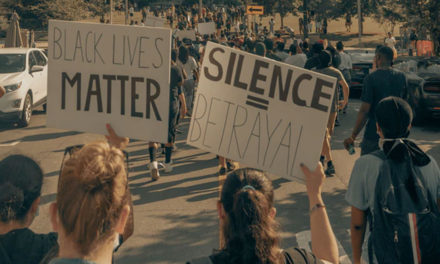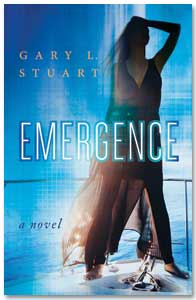For most of the last three centuries, humans everywhere knew about distance and were social. But you never saw the word social and distance in the same sentence, much less as a mandatory directive from gods, elders, chiefs, colonial agents, government, or well-meaning relatives. Now you do. Unless you’ve been living under a rock since March 1, 2020, you are being told that you must “keep your social distance.” The imperative has nothing to do with being social. It has everything to do with its reciprocal—being unsocial.
The exact source of coining the directive, “keeping one’s social distance,” is unknowable. But the context is searchable. Medical anthropologists jumped into the fray soon after COVID-19 raised its ugly snout on the rim of the tsunami from Asia to all other continents. They knew the only way to stay alive was something new and unnatural to human interaction. They knew that many of us were facing an uncertain and premature death from a disease we knew almost nothing about. Governments, epidemiologists, social and political scientists pondered the disaster from a safe distance and eventually passed along the bad news: unless humans everywhere slowed down transmission by slowing down human movement and reduced crowding, the death toll would devour those who ignored the imperative. There were other imperatives. Testing and identifying carriers, their contacts, and making everyone constantly wash their hands, isolate, and quarantine. The combination would, they theorized flatten a curve almost no one could see.
Is social distance worth keeping? What is a “social distance?” There is no such thing. The phrase is meaningless. It’s shorthand for medical directives posed in the US by our CDC, and Homeland Security. They recommend, “Separated guidance for travel-associated exposures and community-related exposures.”[1] It started when COVID-19 travelled the world by attaching itself to tens of thousands of humans, their luggage, animals, and the surfaces they touched. In March 2020, the US government recommended that travellers stay home voluntarily for 14 days after travelling from countries with widespread ongoing transmission of the coronavirus, or on cruise ships or river cruises. The US Department of Homeland Security said, “Stay home until 14 days after arrival and maintain a distance of at least 6 feet (2 meters) from others.”[2]
However, the focus here is not about keeping one’s social distance; it’s limited to the ethics of writing about keeping your social distance. Is it sufficient that we report the facts, precise distance, and source for the guidance? Or are there ethical norms to follow in reporting, defining, and sourcing the latest thing in American culture—keeping one’s social distance? Are there moral contours anywhere within the recommended two meters of social distance? Should we scold others that inhabit that precious six feet without permission? And what should we do to ensure we are not transmitting a disease we might not have?
For starters, we should act in public spaces as though we were all physicians. Their core ethical imperative is to do no harm. We should do likewise. Do not infringe on any other human by getting closer than six feet from them. Of course, just typing it proves its utter absurdity. Ethically, we should avoid closeness with others where we cannot gauge medical risk. Hundreds of times per day, first responders get closer than six feet from people they know to have the disease. But they are enveloped in PPE, from head to toe. So, common sense is part of ethical behavior and ethical writing.
The real ethical norm for writers on COVID-19 issues is to think about ethics first and only then write about spread or impact.
 I am an author and a part-time lawyer with a focus on ethics and professional discipline. I teach creative writing and ethics to law students at Arizona State University. Read my bio.
I am an author and a part-time lawyer with a focus on ethics and professional discipline. I teach creative writing and ethics to law students at Arizona State University. Read my bio.
If you have an important story you want told, you can commission me to write it for you. Learn how.
[1] https://www.cdc.gov/coronavirus/2019-ncov/php/risk-assessment.html
[2] https://www.cisa.gov/publication/guidance-essential-critical-infrastructure-workforce






 I am an author and a part-time lawyer with a focus on ethics and professional discipline. I teach creative writing and ethics to law students at Arizona State University.
I am an author and a part-time lawyer with a focus on ethics and professional discipline. I teach creative writing and ethics to law students at Arizona State University.  My latest novel is Emergence, the sequel to Let’s Disappear.
My latest novel is Emergence, the sequel to Let’s Disappear.  If you have an important story you want told, you can commission me to write it for you.
If you have an important story you want told, you can commission me to write it for you.